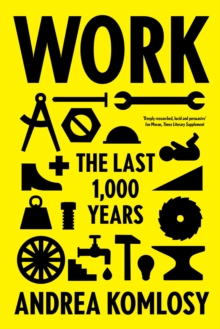Let op! Om diverse redenen kan de voorraad die hier op de website wordt getoond soms niet overeenkomen met de werkelijk aanwezige voorraad in de winkel.
The Making of a Periphery
€66.95
Island Southeast Asia was once a thriving region, and its products found eager consumers from China to Europe. Today, the Philippines, Indonesia, and Malaysia are primarily exporters of their surplus of cheap labor, with more than ten million emigrants from the region working all over the world. How did a prosperous region become a peripheral one? In ‘The Making of a Periphery’, Ulbe Bosma draws on new archival sources from the colonial period to the present to demonstrate how high demographic growth and a long history of bonded labor relegated Southeast Asia to the margins of the global economy. Bosma finds that the region’s contact with colonial trading powers during the early nineteenth century led to improved health care and longer life spans as the Spanish and Dutch colonial governments began to vaccinate their subjects against smallpox. The resulting abundance of workers ushered in extensive migration toward emerging labor-intensive plantation and mining belts. European powers exploited existing patron-client labor systems with the intermediation of indigenous elites and non-European agents to develop extractive industries and plantation agriculture. Bosma shows that these trends shaped the postcolonial era as these migration networks expanded far beyond the region. A wide-ranging comparative study of colonial commodity production and labor regimes, ‘The Making of a Periphery’ is of major significance to international economic history, colonial and postcolonial history, and Southeast Asian history.
Auteur: Bosma, Ulbe Jaar: 2019 ISBN: 9780231188524 Pagina's: 320 Taal: English Uitgever: Columbia University Press Uitgever stad: New York Verschijningsdatum:






